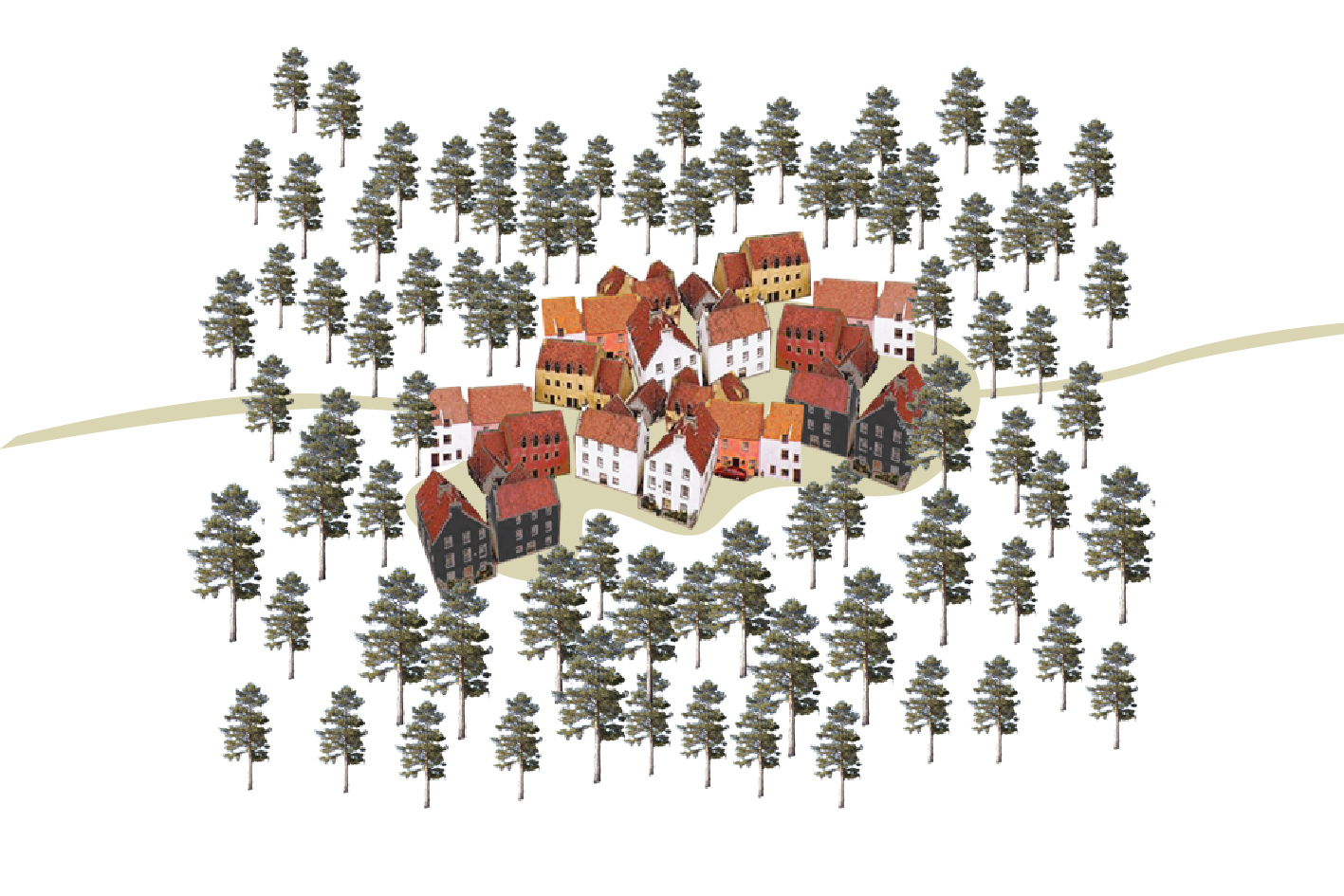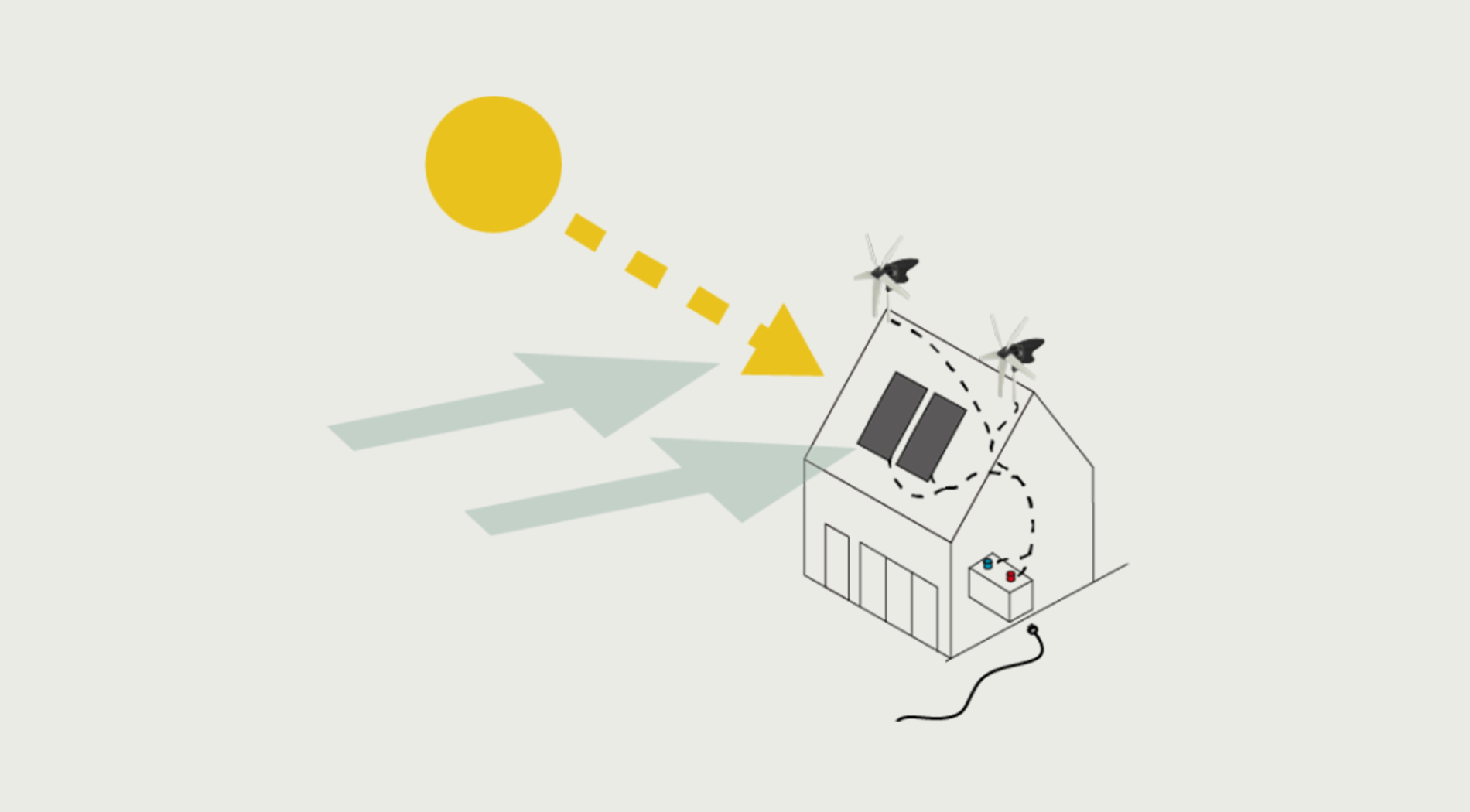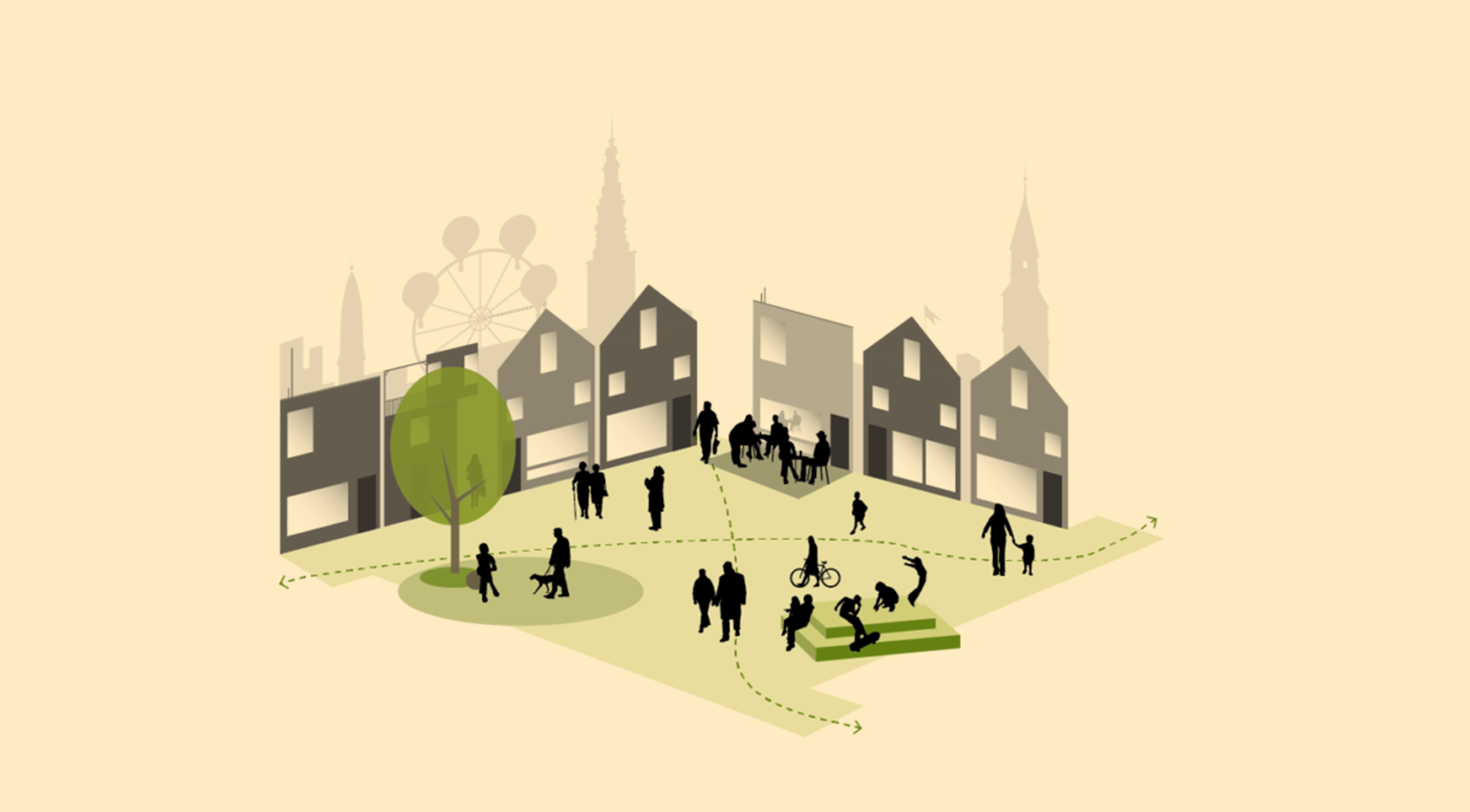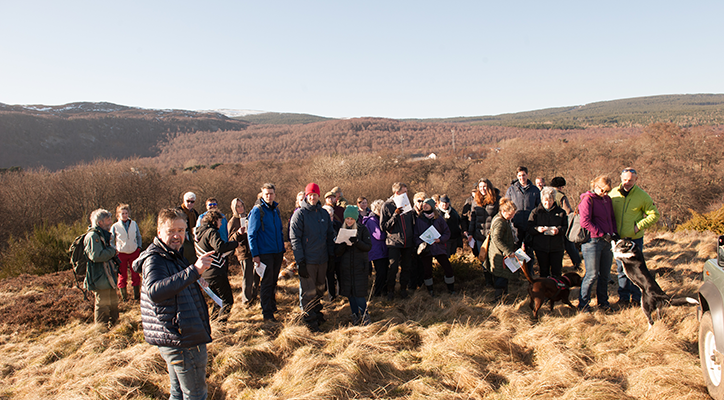Affordability by Design
Posted on October 18th, 2019by An Camas Mor

We know from conversations with local people that their number one concern is affordability. In the design process this means recognising the need for different household types and sizes, different income groups and different lifestyles. Equally affordable homes are not just a matter of finance – An Camas Mòr has thought through the different ways that make a home affordable.
Mixed Tenures and Working with HSCHT
The Highlands Small Communities Housing Trust (HSCHT) is a registered charity set up in 1998 to help rural communities secure long-term solutions to their local housing needs. In 2017 they were commissioned by An Camas Mòr to produce a housing needs survey and were part of the Gehl community workshops.
“People Centred Community
During the process of listening to those via the survey and also the workshops it’s clear that this proposed development is resonating with a large sector of the community and is an opportunity to create something special and completely different in Scotland via a people centred community that meets the needs of a modern and changing world.
Highland Principles
From what we’re seeing ironically this is actually going back to more established historical Highland principles where all ages live, play, learn and work together supporting their community and environment without the need to travel or commute extensively. The survey showed strong demand for a range of mixed affordable tenures that would increase affordable options and complement social rent including self-build plots which is now an option thanks to support mechanisms put in place by Scottish government.
Homes for People in Local Jobs
Larger businesses wanted housing opportunities where their employees could walk or cycle to work and the housing survey had 520 respondents representing 1135 people and a large number indicated a desire for live/work housing units which would allow them to work from home and create new business within the community they live in. We feel this will allow families to be more supportive on issues like child care and elderly care in informal ways both of which are increasing society problems.
Pioneering Spirit
HSCHT would love to see what in our opinion would be the first truly sustainable and inclusive extension to an existing community that is centred round people and community, and we’d like to see this in the Highland area where there is a history of innovation, community resilience and a pioneering spirit.”
Ronnie MacRae Chief Executive Officer at HSCHT
Building Energy Efficient Homes to Help Keep Bills Low
Housing affordability is not just a matter of finance. Houses and flats are planned with efficiency to save on infrastructure and living expenses so that more people have a fair opportunity to buy, rent or build a home.
One of the keyways to reduce build and infrastructure costs is to place houses on the corner of the site, close to the street and right up to the plot boundary at the side. Drastically reducing the amount of tarmac, saves on both land and material, making the community more sustainable economically and environmentally.
Buildings are designed to be energy efficient by catching the sun’s light and heat. Traditional pitched roofs absorb the sun’s energy: larger roof surfaces towards the street, let more light down to street level, a smaller roof surface to the back leaves room for larger windows to let natural light in. Joined-up buildings make efficient use of heat energy by decreasing the area of exposed external wall – the pattern of joined-up buildings is also a distinctly Scottish characteristic. This traditional approach to energy efficiency may be used alongside technologies such as solar panels, and heat source pumps to reduce energy bills or even provide households with another source of income.

Work and Travel
An Camas Mòr will have shorter streets than a conventional layout this enables nearly everyone’s home to be within 400m or 5 minutes’ walk or 2 minutes cycle ride of the village centre and the forest and therefore, for people to be less dependent on a car. Most households will live within walking or cycling distance of work, primary school and Aviemore train station, enabling them to save on travel costs.
Spaces for working, particularly premises for small businesses, offices and studios and workshops would be included within the settlement, which would also reduce the need for people to use their car to get to work and save on fuel costs. Many on the varieties of houses planned include space for an office or workshop which would mean residents would not need to rent a second workspace.

Diversity and Creating an Inclusive Community
The design process must recognise the need for social sustainability – accommodating different needs throughout life, to make An Camas Mòr a place you could live all your life, but also accommodate the broad diversity of people that make up a living and working community. This diversity would be part of the economic sustainability for the project with as diverse a range of property types as possible.
For sustainability, it is vital that a community can accommodate a broad demographic spectrum in terms of age, education, economic and physical activity, skills and wealth. In the design process this means recognising the need for different household types and sizes, different income groups, different lifestyles, different needs and aspirations.
This in turn requires physically different home types, from extra-large to extra small, detached and semidetached, cottages, bungalows and villas, town houses and terraces, small flats, large apartments, duplexes and studios, as well as specific requirements for sheltered housing, retirement flats and special needs. These different home types can be combined with different kinds of gardens and courtyards, decks and balconies, as well as different outbuildings, storage requirements and parking facilities with different architectural finishes, qualities and luxury. The smallest units can give the first rung on the property ladder. The variety encourages moving up and down-sizing locally, allowing community patterns of acquaintance, friendships and family to continue.
